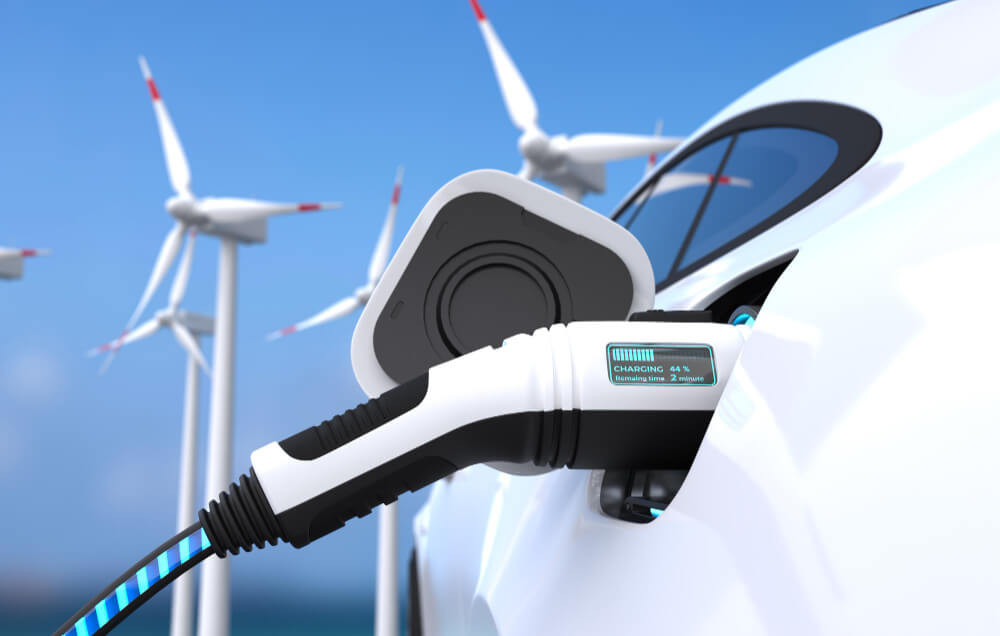0203 193 8888
0203 193 8888

In the age of electric vehicles (EVs), understanding the intricacies of charging infrastructure is essential for EV owners. At the core of this infrastructure lies the EV charger cable, the conduit through which energy flows to your vehicle. To empower you with comprehensive knowledge in this domain, we'll delve deeper into the four primary charging modes and explore the array of charging plug types available.
EV charging is categorised into four modes, each designed for specific scenarios, offering different power levels, and adhering to unique safety protocols:
Mode 1 - Standard Socket Charging
Mode 1 represents the most rudimentary form of EV charging. In this setup, you simply plug your EV into a standard household electrical socket. However, this convenience comes at the cost of speed, as standard socket charging is relatively slow. Typically, it delivers power outputs in the range of 2-3 kW. It's best suited for emergencies or sporadic charging, as it's not an efficient method for regular use.
Mode 2 - Socket Charging with Control Box
Building upon the foundation of Mode 1, Mode 2 introduces a control box between the EV and the domestic socket. This control box adds an extra layer of safety and functionality. While Mode 2 still lags in charging speed compared to higher modes, it provides increased reliability and safety. This makes it a more practical choice for residential charging where the socket infrastructure might not be optimised for EV charging.
Mode 3 - Dedicated Charging Equipment
Mode 3 represents the most commonly found public charging method. In this mode, you utilise a dedicated EV charger with a cable permanently attached. What sets Mode 3 apart is its versatility in power output. The charging stations can deliver power ranging from 3 kW to a robust 22 kW or more. Mode 3 is the go-to choice for regular home charging and public charging stations. It's significantly faster and more efficient compared to Modes 1 and 2.
Mode 4 - DC Fast Charging
When time is of the essence, Mode 4, or DC fast charging, is the knight in shining armour. This mode operates on high-voltage Direct Current (DC) power, ensuring a rapid charging experience. Typically, you'll find DC fast chargers at strategic locations, such as public charging stations along highways. These chargers can deliver power at 50 kW or more, allowing you to charge your EV up to 80% capacity in as little as 20-30 minutes. Mode 4 is indispensable for long-distance travel and quick top-ups.
Plug types for EVs are not standardised globally, which is why understanding these differences is essential for a smooth charging experience. Here are some of the most common plug types:
Type 1 (J1772) - Type 1 plugs are predominantly used in North America and Japan. They are known for their reliability but offer relatively slower charging experiences, with a maximum power output of around 7.2 kW.
Type 2 (Mennekes) - Widely embraced in Europe, Type 2 plugs are celebrated for their versatility. They can accommodate both single and three-phase charging, with power outputs ranging from 3.6 kW to 43 kW, making them suitable for a variety of charging scenarios.
CCS (Combined Charging System) - Increasingly popular in North America and Europe, CCS combines the strengths of both AC and DC charging. This system includes two plugs—one for AC charging, similar to Type 2, and another for DC fast charging. This versatility ensures compatibility across a wide range of charging scenarios.
CHAdeMO - While primarily used in Japan, CHAdeMO plugs can also be found in other regions. They excel in DC fast charging and offer impressive power outputs, reaching up to 100 kW or more.
Tesla Supercharger - Tesla has its proprietary charging infrastructure, mainly comprising Supercharger stations. Tesla vehicles are equipped with an adapter for Level 2 charging (akin to Type 2) and DC fast charging using their unique plug.
Conclusion
A nuanced understanding of the modes of EV charging and the diversity of plug types is vital for all EV owners. This knowledge not only ensures your EV charges efficiently but also enables you to make informed decisions about your charging options. As the world transitions towards electric mobility, your proficiency with EV charger cables is your gateway to a more eco-friendly future. Armed with this knowledge, you're ready to plug in and embrace a cleaner, more sustainable tomorrow.
Back to Blog